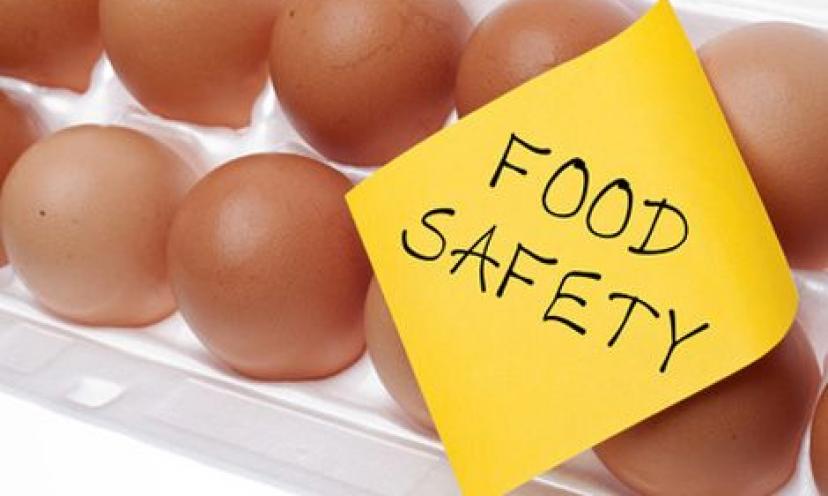Have you ever caught yourself wondering how long food can be left out, or how to properly defrost something? There are certain rules; the most important one being that perishable food should never left in “the Danger Zone” for more than two hours, and in many cases should be out for less that that. The Danger Zone simply means temperatures from 40 to 140 degrees Fahrenheit, in which bacteria multiply rapidly. Beware that even though the center of some food may still be frozen and below 40 degrees, the outer layer of the food may already be in Danger Zone.
While at home, the best way to thaw food correctly is to plan ahead. Thaw it in the refrigerator where it will remain safely below 40 degrees.
It is necessary to be critical of food. Keep in mind these food safety tips!
Milk
The best (or worst) sign of milk gone bad is the smell. If you’ve ever smelled sour milk, you know that it’s very apparent. Most dietitians suggest that milk shouldn’t be left out more than two hours. Also, don’t keep your milk in the door where the temperature can fluctuate. Some people choose to freeze their milk, but be warned; freezing can destabilize milk.
Eggs
When shopping for eggs look for the selling date and add 3-5 weeks. This is the best way to estimate the lifespan of your eggs. If you want to hard-boil your eggs, only do enough to last you one week.
Apples
If apples are kept in the refrigerator they should last up to a month. If they are sitting out on the counter, they should be eaten in about 10 days. If you had sliced apples up, and you don’t feel like eating all of them within a couple hours, simply put them back in the refrigerator.
Bananas
If you don’t eat your bananas quickly, put them in the refrigerator and they will ripen slower. Refrigerating your bananas may give them brown specs on the outside, but they should taste just as good!
For general food safety and health precautions remember to throw away food when you are in doubt. Also, use all your senses! Smell and sight can both be helpful in determining if food should be eaten. How do you make sure your food stays good? How do you tell when it’s bad? Let us know!

